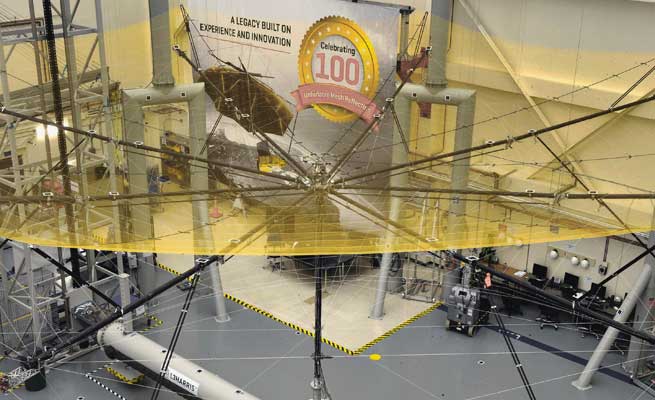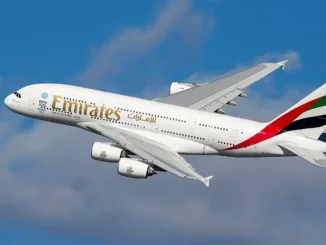
Biomass, the European Space Agency’s (ESA) forest measuring satellite has passed a key milestone with the successful deployment of the Large Deployable Reflector (LDR) which will receive P-band data reflected back from the world’s forests.
The test, which took place at L3Harris Technologies in Florida who manufactured the 12m wide reflector, was witnessed by representatives from Airbus, ESA and JPL (NASA).
Chris Lloyd, Biomass Project Manager at Airbus Defence and Space said: “Successful deployment of the largest Earth observation reflector is a major move forward for Biomass. We are on track for launch in 2023 following the successful structure and mechanical tests earlier this year.”
Michael Fehringer, ESA’s Biomass Project Manager said: “It was great to witness the huge reflector being deployed successfully and is testament to the unique collaboration of the industrial teams in Europe and the USA as well as the co-operation between ESA and NASA/JPL.”
Dr Paul Bate, Chief Executive of the UK Space Agency, said: “With COP26 just around the corner, the UK is leading the way in using space to monitor climate change, with companies like Airbus at the heart of developing satellites that give scientists access to valuable information about our planet.
“The Biomass mission will greatly enhance the quality of data on the world’s forests. I was privileged to see the satellite taking shape in Stevenage recently and very much look forward to the launch in 2023.”
The 12-metre reflector will be key to the first space-borne P-band synthetic aperture radar, P-band is the longest radar wavelength available to Earth observation. Biomass, which is an ESA Earth Explorer mission, will measure forest biomass to assess terrestrial carbon stocks and fluxes for five years.
The spacecraft will deliver exceptionally accurate maps of tropical, temperate and boreal forest biomass and changes in the biomass stock over the five year mission lifetime that are not obtainable by ground measurement techniques. In arid areas of the planet, it will see right through to the underlying bedrock, enabling mapping of the rock structure and search for subterranean reservoirs of water.
It is expected the LDR will be shipped to ESA´s prime contractor Airbus in Stevenage for integration on the spacecraft at the end of 2021. Biomass is due to launch in 2023 on a Vega launcher from French Guiana.



